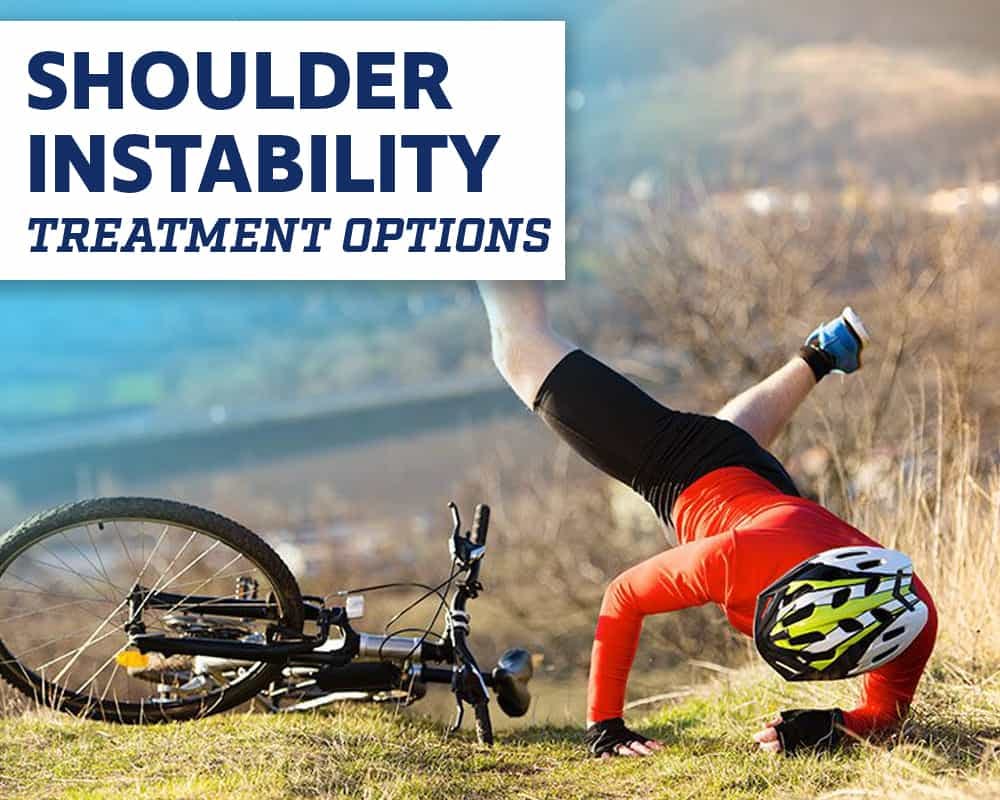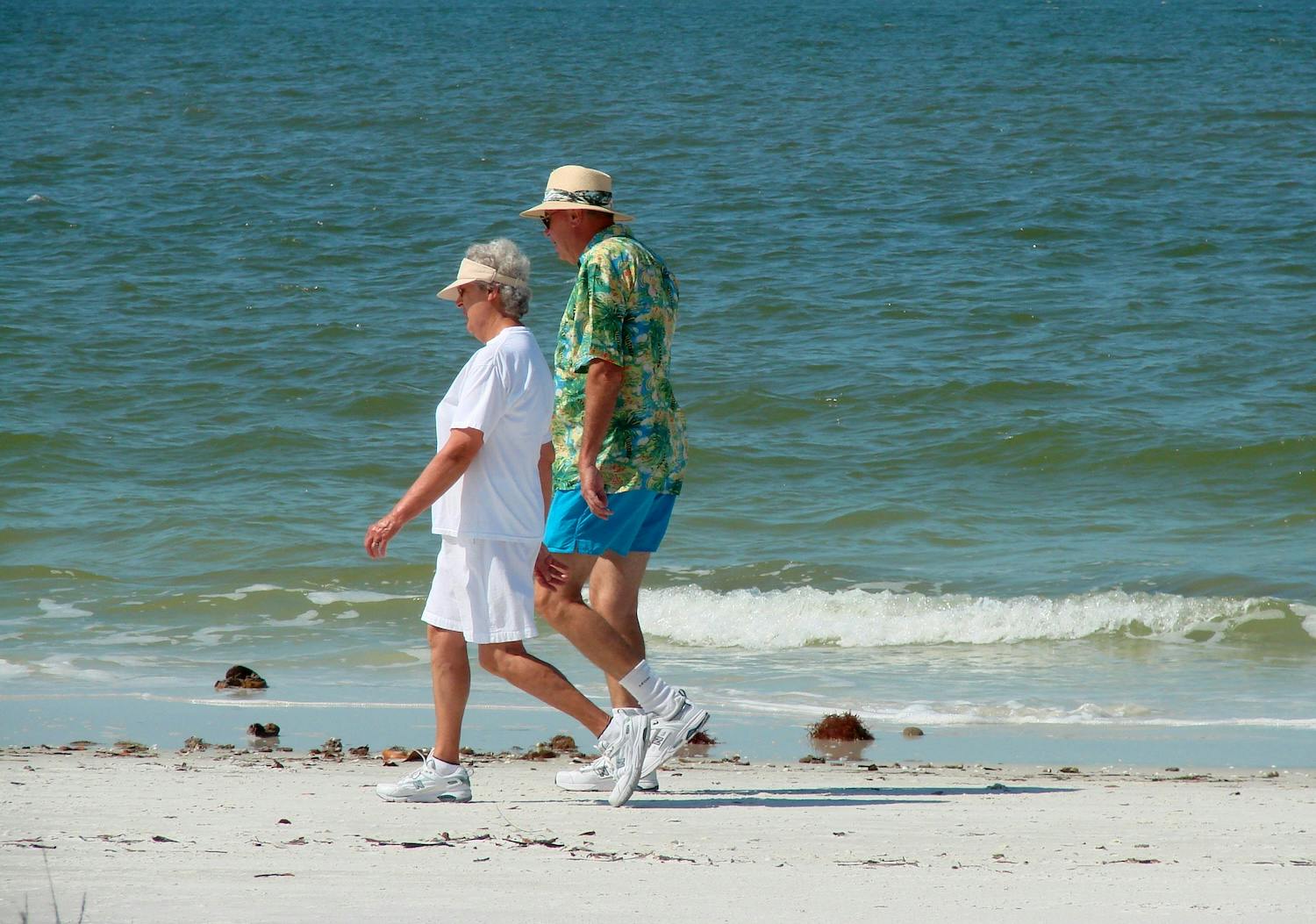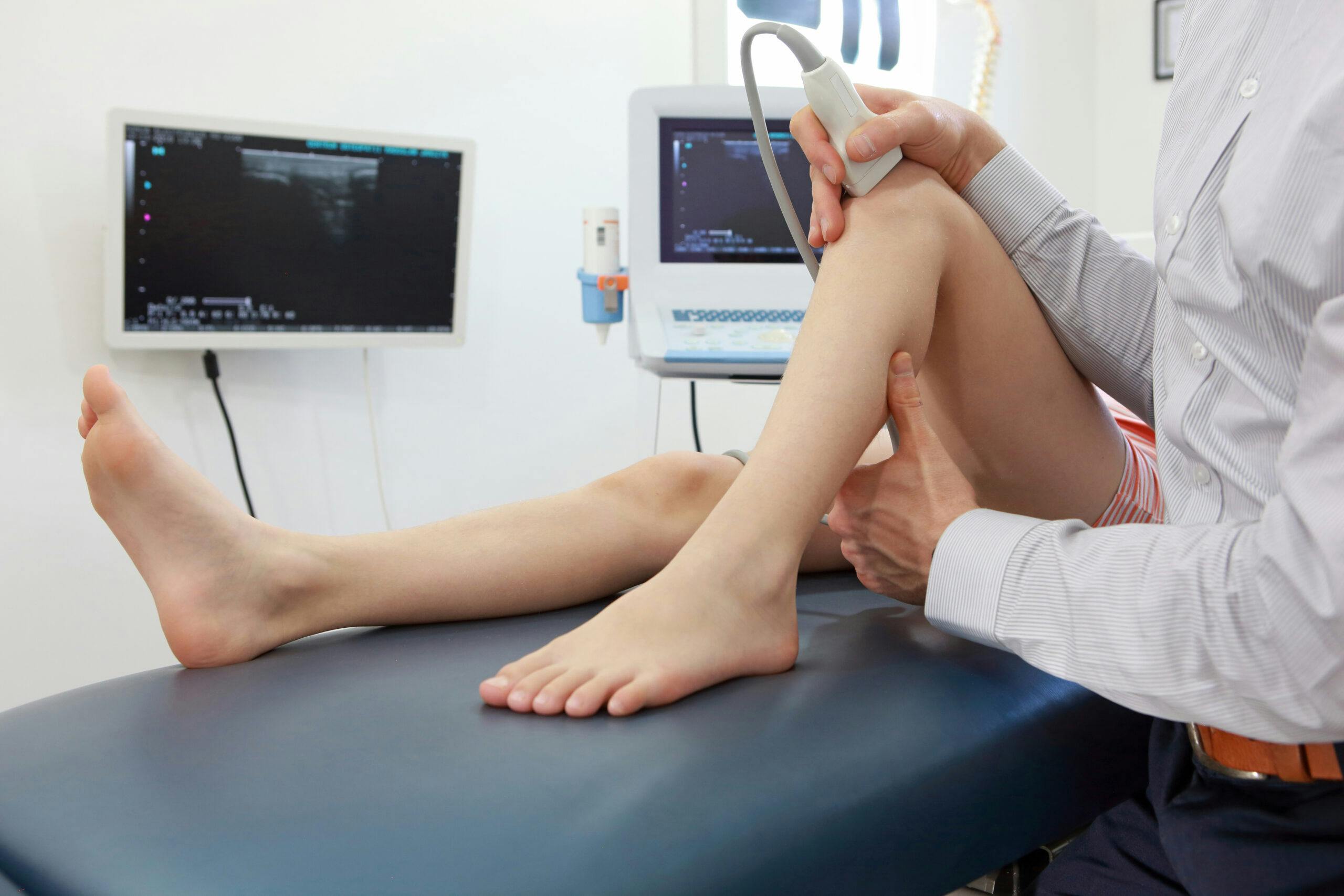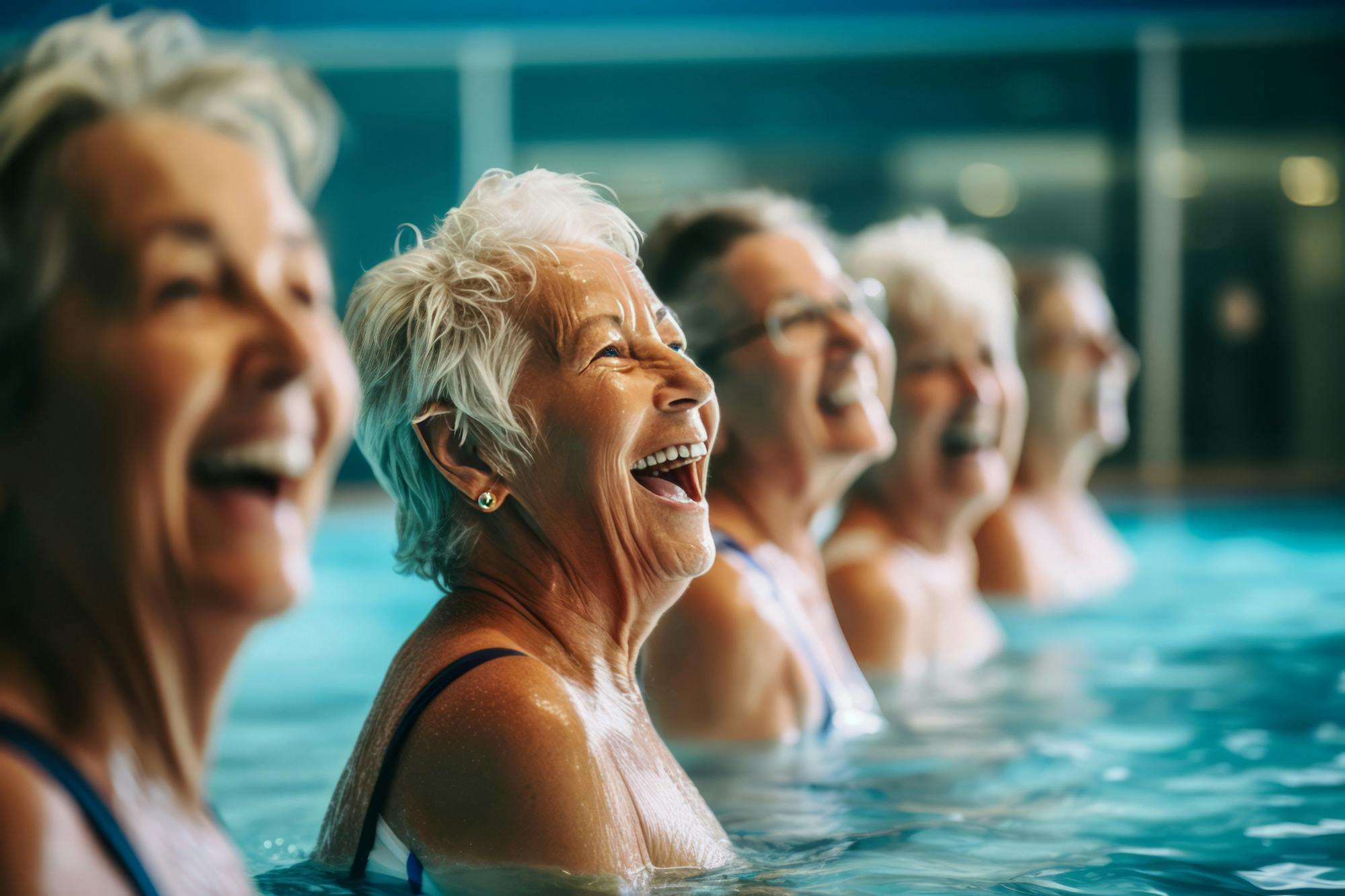- Blog
Shoulder Instability Treatment Options
Posted on 12-12-2025 in Shoulder by Dr. Chris O'Grady

Posted on 12-12-2025 in Shoulder by Dr. Chris O'Grady
Shoulder instability has multiple causes. There is a spectrum of shoulder instability that ranges from small unnoticeable slippage to a complete joint dislocation. As time passes, individuals may experience a combination of these events, which causes repeated incidents of shoulder instability.
Shoulder Dislocation
A dislocated shoulder is the most obvious form of shoulder instability. This type of injury is usually caused by some kind of violent event (e.g., a sports-related injury, a fall, an automobile accident, etc.): A dislocation occurs when the long bone of the upper arm (humerus bone) slides outside of its socket (glenoid cavity) and remains there. Frequently, the shoulder will slide back into the socket, or reduce, on its own. Other times it needs to be manipulated to return the humerus to its correct position within the glenoid socket.
Shoulder Subluxation
Partial shoulder instability, or subluxation, occurs more frequently than shoulder dislocation does. Fortunately, a subluxation is less profound than a dislocation. A subluxation involves the humeral head sliding across the joint’s surface without fully escaping the glenoid socket. Many times, slight recurrent joint sliding goes unnoticed. However, when subluxation occurs repeatedly, individuals experience generalized shoulder pain. This continued sliding causes the rotator cuff muscles and tendons to become overworked and stretched, leading to painful conditions like rotator cuff tendonitis.
Shoulder pain in young athletes is often diagnosed as impingement or overuse; however, shoulder instability is commonly the cause of shoulder pain in young athletes. The athletes at the highest risk of developing shoulder instability include gymnasts, swimmers, tennis players, volleyball and baseball players and other athletes whose sport involves the throwing or repetitive overhead motion.
Episodes of Drop Arm
Drop arm occurs when the humeral head violently slides across the glenohumeral joint and stops just before it dislocates. This type of injury may occur when a basketball player or baseball outfielder puts additional effort into throwing a ball extremely hard, another incident that can cause drop arm is when a tennis player reaches up too far overhead in an attempt to return the ball to his or her opponent’s court.
If this subluxation is profound, the athlete’s arm may quickly and painfully drop to the side. This painful drop occurs when the shoulder momentarily loses all abilities. As this action occurs, if the shoulder presses upon the brachial plexus’ nerves that surround it, the athlete may experience a burning or numb sensation in the arm as well. A drop arm episode is indicative of underlying shoulder instability.
Conservative Treatment Options
Non-steroidal anti-inflammatory medication (aka NSAIDS) – medications that reduce swelling and ease pain include ibuprofen and aspirin.
Activity modification – modifying activity includes avoiding activities that will aggravate the shoulder.
Physical therapy – to increase the shoulder’s stability, many patients will receive physical therapy. Physical therapy treatments are designed to strengthen the muscles in the shoulder.
Surgical Intervention May Be Necessary
Unfortunately, conservative treatment methods are not always successful for individuals who have a history of traumatic shoulder injury. In addition, Dr. O’Grady may consider an early primary repair for competitive athletes who do not have the length of time necessary to see if conservative care will successfully correct the problem.
Labral or Capsular Injuries May Require Surgical Intervention
Frequently, the outcome of severe shoulder trauma is a ligamentous or capsular injury. This type of injury may require surgical repair. Dr. O’Grady typically orders an MRI or an MRI/Arthrogram to identify the type of injury a patient has sustained.
Types of Surgical Procedures
Shoulder Arthroscopy
Shoulder Arthroscopy allows Dr. O’Grady to evaluate a patient’s shoulder. In addition, this minimally invasive procedure may allow him to correct the issue that is causing the shoulder to be unstable.
Capsular Shift
When Dr. O’Grady performs a capsular shift procedure, he tightens the joint capsule. He always performs this surgery using an arthroscope with very few exceptions in severe cases. After Dr. O’Grady tightens the ligaments, they will be able to stabilize the shoulder again.
Latarjet Procedure
When a patient experiences bone loss due to repeated dislocations, a latarjet surgery may be necessary. During this procedure, Dr. O’Grady takes a small piece of the shoulder bone to use as a graft. He places this piece of bone in the area of the shoulder socket that is worn away. He attaches the graph to the bone with screws.
Labral Repair
SLAP or Bankart repairs are both types of labral repairs. Dr. O’Grady always performs this surgery with an arthroscope with very few exceptions in severe cases. During this procedure, he repairs any tears to the labrum. Sometimes, smaller tears may only require the removal of frayed edges and loose parts that are affecting the shoulder as it moves. Larger tears are repaired with heavy suture and suture anchors. The suture anchors allow Dr. O’Grady to reattach the labrum to the shoulder socket.
Open-Surgical Procedure
In the event that the bone of the socket has been injured, an open procedure may be required. In a case such as this, Dr. O’Grady will need to make an incision on the front of the patient's shoulder. Once the repair is complete, he will close the incision using suture and Steri-strips.
Dr. Christopher O’Grady specializes in shoulder surgeries, including shoulder reconstruction, replacement, and arthroscopic procedures. As a Board Certified Orthopaedic Surgeon with a Certificate of Added Qualifications in Sports Medicine, Dr. O’Grady is considered one of Florida’s premier Orthopaedic surgeons. If you or your child have sustained injuries to the shoulder or experience shoulder instability, please contact O’Grady Orthopaedics in Gulf Breeze, Fla., today.

September is Healthy Aging Month, an observance dedicated to promoting the positive aspects of growing older and encouraging proactive steps toward maintaining long-term health. In its 33rd year, Healthy Aging Month inspires adults of all ages to focus on lifestyle habits that support vitality, independence and overall well-being.

Musculoskeletal ultrasound imaging offers orthopaedic patients safe, painless, and real-time imaging, without any harmful ionizing radiation or the need for uncomfortable positioning. As the first sports medicine physician in the region to utilize ultrasound for diagnostic and therapeutic purposes, Dr. Josh Hackel’s commitment to innovation has improved the accessibility of care for his patients.

According to the American Academy of Orthopaedic Surgeons, approximately 2 million older Americans sustain fractures yearly due to weak bones. By 2025, that number is predicted to rise to 3 million fractures annually. At North Florida Bone & Joint Specialists, we recognize the importance of maintaining strong bones, particularly as you age. In honor of Healthy Aging Month, the following tips can help you maintain, and even improve, your bone strength: